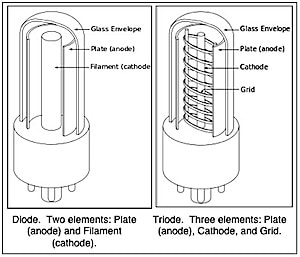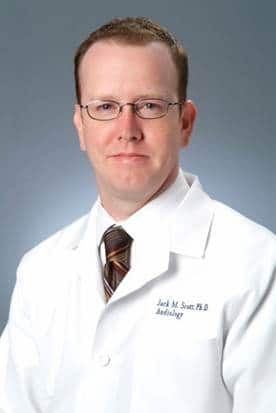Jan. 13, 2015
How to Reduce Background Noise and Improve Speech Understanding
In my last couple of blog posts I discussed the use of “listening programs” to improve hearing. Today I want to continue this discussion and cover the difficult topic of “How to enhance word understanding and simultaneously reduce background noise.” When I tackle this problem, hearing when it is noisy, I first ask myself, is it possible for this patient








